The Great War, initiated on July 28, 1914, was fought between the Central Powers (Germany, Austria-Hungary, Turkey) and the Alliwares (Great Britain, France, Russia, U.S, Italy).
The war covered most African, Middle Eastern, and some Asian territories.
Although technological advancements had not attained their maximum rise, many tactics and strategies were included.
Military interventions contained machine guns, grenades, artillery, and tanks. In addition, poison gasses like mustard gas caused significant mortality rates.
Around 20 million people perished, whereas 21 million disintegrated, Russia peaking the death toll list.
After the war ended, the veterans returned to their ordinary lives, whose war legacies could still exist.
Frank Woodruff Buckles was the final surviving American military veteran who breathed his last on February 27, 2011.
Despite losing every soul that experienced the great war, their encounters were interpreted in numerous documentaries, films, books, and journals.
Some of the knowledgeable documentaries on world 1 war are mentioned as follows:
20. The Great War
Content
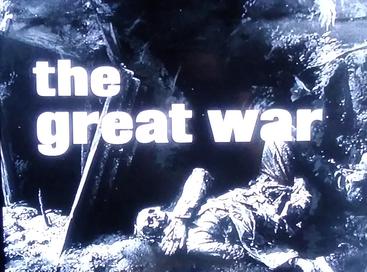
The Great War was premiered on May 30, 1964, based on the African-American 92 nd Infantry Division encounters.
It was co-produced under the resources of the Imperial War Museum, British Broadcasting Corporation(BBC), and Canadian Broadcasting Corporation.
The 26-episode-long series was set in the war’s final days, with each episode extended to 40 minutes.
It narrates nurses, aviators, American troops, “doughboys, ” journalists, and Latin soldiers. It talks about racism segregated in the American Forces within the last hours of the war.
A tale where the African-American soldiers have to fight through the German lines to track down a lost platoon in the Argonne forest has been revoked in the video.
Though the content provided exciting angles, the writing, historical facts, and plots did not quite meet the expectations.
19. They shall not grow old
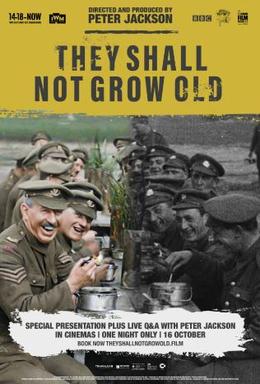
A 2018 documentary film by Peter Jackson was produced using actual footage from the war.
The resources were compiled from the Imperial War Museum archives and audio extracted from the BBC.
The documentary used soldiers’ authentic voices to describe their experiences, which was the primary attraction.
However, the talking heads were not exposed as only the audio could be heard.
It included soldiers’ recruitment, training, and the time spent in trench warfare. Trenches were made as defensive tactics digging holes on the land with sandbag planks.
The British army attacked the German lines of force crossing No Man’s land, killed by advanced German artillery.
18. Apocalypse: World war 1
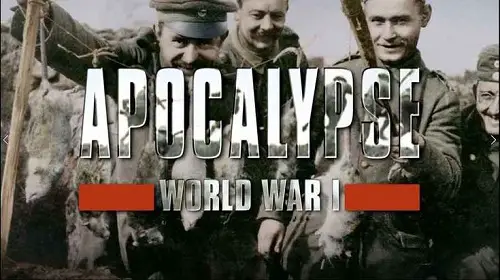
The Apocalypse: World War 1 was a combination of five French documentaries tracing back to the 1914s. It was broadcasted in 2014 that contained a chronological history of the first world war.
It drew out its content from archival pictures and sources and was presented in five separate episodes: Fury, Fear, Hell, Rage, and Deliverance.
The documentary showcased the death of Austrian heir Archduke Franz Ferdinand and a German strike on France.
Trench wars with atrociously wounded men and dreadful living conditions in France have also been portrayed.
Similarly, Italian, British, American, and Russians indulged in the war and the downfall of Central power and eventually signed the Versailles treaty.
It even saw Hitler paying tribute to the world war 1 marshals.
17. The Somme: From Defeat to Victory
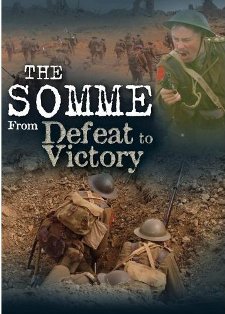
A BBC documentary released in 2006, the Somme had its primary plot about the battle of Somme.
The famous battle of Somme was fought deliberately against the German Empire by joint British and French troops near the river Somme in France on July 1, 1916.
The documentary was premiered to commemorate the battle of Somme on its 90 th Anniversary.
The Open University has a different storyline where the actual British defeats and the lessons they learned have been footage.
The bloodiest day of the battle was the film’s focus and the formal review on the combat as a disaster and how it taught the British to keep up with modern ammunition.
The mixture of accurate historical data, documentary footage, digital arts, and the advice of military historians provided a radical perception of the battle of Somme.
16. World war 1 in color
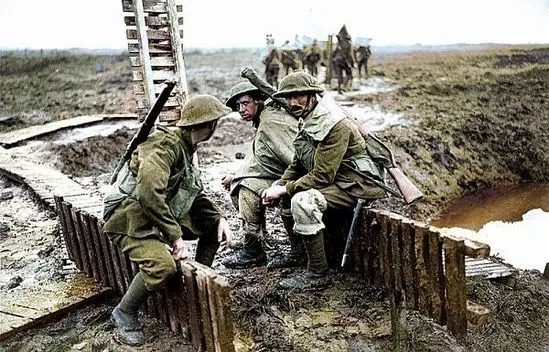
A unique television series with six episodes were aired in July 2003. It was narrated by Kenneth Branagh, recounting the significant events of world war 1.
As the name suggested, the footage has been colorized to provide viewers with realistic scenarios that took around 400 technicians five months to color the footage.
The interviews of popular world war 1 veterans like Harry Patch, Bill Stone, and Arthur Halestarp became the prominent features of the role.
From the horrific scenes from the slaughters in the trenches to the groups of armored regiments ready for combat, the documentary was a game-changer in black and white historical videos.
15. The Great War and the Shaping of the 20th Century
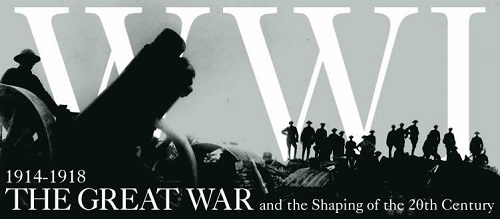
A 1996 series based on the chronicles of the great war contained eight episodes. It was narrated by Salome Jens that won awards for its unique voice-over performance and outstanding international series.
BBC and the British Imperial War Museum jointly produced documentary series worth five million dollars. A book titled the same name was published as a companion to the series.
Unlike other series mainly emphasizing the battles, death, and weapons, the documentary took its toll on the war’s social, economic, cultural, political, and military aspects.
Initiated with the assassination of Franz Ferdinand, German strikes on Belgium and France and geographical expansion of the war beyond front lines toward the civilians have been discussed.
Likewise, the battle of Marne, battles at Somme and Verdun, the collapse of the German empire, the Paris peace conference, and the Versailles treaty were depicted well.
The series ended by examining the war expenses and their aftermath in the 20 th century.
14. The World Wars
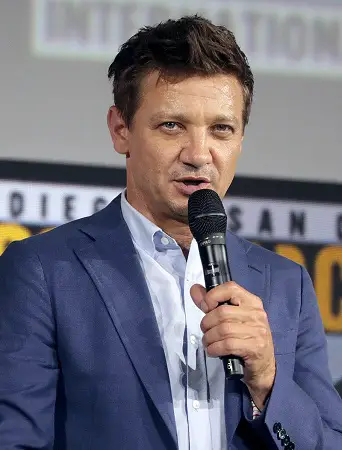
The world wars, narrated by Jeremy Renner, were divided into three parts and aired on May 26, 2014. The History Channel produced it with never-before-seen footage, archival stills, and interviews with historians.
It showcased a thirty-year long-run change in human history, depicting both the first and the second World Wars.
Set in 1914, the forthcoming leaders of the second world war were seen as young soldiers struggling in the trenches.
On the front lines, critical players like Adolf Hitler, Benito Mussolini, Winston Churchill, and Joseph Stalin learned to rise into power haunted by the deadly fights.
Some turned into heroes; others emerged as the most infamous villains the world had ever seen.
13. Battleplan

Battleplan was broadcasted in 2006, a military series descriptive of plans and strategies used since the first world war.
It examined the historical military tactics from blockade to blitzkrieg, raidings to strategic bombings.
Llyod Clark and Bruce Gudmundsson analyzed the development of modern warfare starting from world war 1 till the Iraq war in 2003. The series provided:
- An in-depth history of the development of arms and ammunition.
- Use of advanced aircraft.
- Tactics describing how a small troop can lead with proper blueprints.
12. Not Forgotten
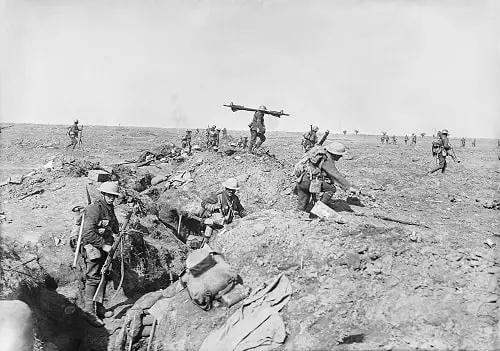
A British television documentary, Not Forgotten, composed of four episodes, was aired on November 20, 2005. It has shown the impacts of world war 1 on Britain and its descendants.
An exploration of change in British society was made, tracking the offspring of those mentioned in war memorials.
The documentary depicted the genealogical connection between the past and the present, bringing the soldier’s stories to life.
Some of the descendants were astounded to learn about their connection to the great war, while others shared the stories heard from their ancestors about their miserable status during the war.
Women’s empowerment, roles, and expectations towards society also drastically changed after the war in Britain. Many people talked about the British class system’s effect on the army troops in battle.
11. Railways of the Great war

The series was based on the conditions of railways and their contribution to mechanizing wars during the great war.
Michael Portillo traveled across Britain and northern Europe, exploring railway stories from the war.
He began his journey from France, examining the European tracks built-in French cities used to transport millions of armies across Europe.
He also learned about the brave rail workers who sacrificed their lives, turning a crisis into a triumph.
The British mourned their dead, and railways played a crucial role in the remembrance. Railway wagons were used to honor the bereaved and helped flourish battlefield tourism.
10. The First World war
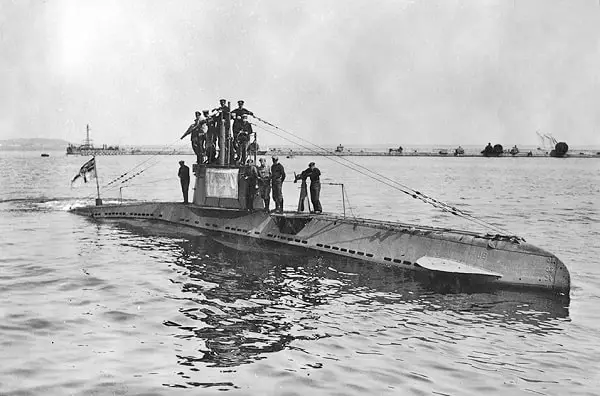
The documentary was based on a 2003 book under the same name written by Hew Strachan. It surveyed the historical time-lapse of the war when the tensions in the Balkan region exploded into the fight.
Likewise, German, French, and Belgium involvement flamed the conflicts resulting in clashes among entire European nations.
Some of the most brutal battles like Verdun Somme were fought fiercely, along with U-boats threatening Britain.
American entrance into the war shattering of powers caused great upheaval in the world that changed history forever.
9. The Battle and Fall of Przemysl
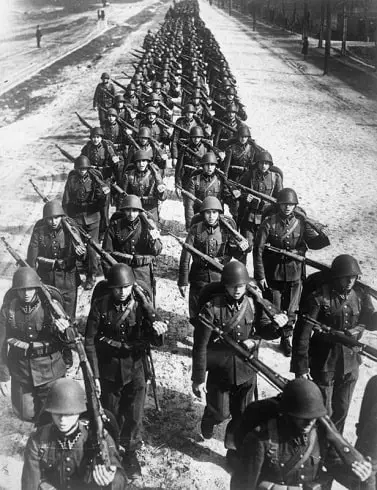
The documentary was set back in 1915, shot by the Central Powers’ official photographer. The four reels short war clip was about the seizure of Przemysl.
It included the story of the Polish-Ukrainian war for the battle of the Polish city. The Ukrainian forces were overthrown by the Polish troops resulting in the victory of Poland.
8. The Waler: Australia’s Great War Horse
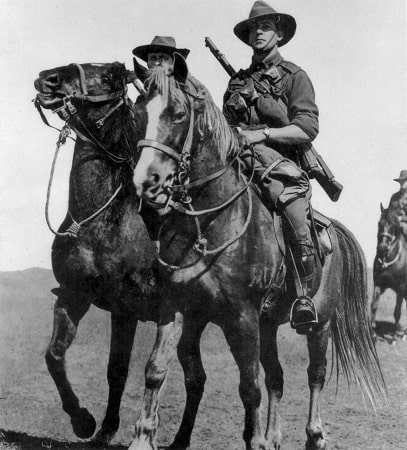
A 2014 premiered documentary, The Waler. Australia’s Great War Horse was about the horses used by the Australian military.
The 60-minute video talked about the Australian-bred horses for harsh conditions during world war 1.
Commonly known as the “walers,” those horses were the backbone of the Australian Light regiment.
Horses played a pivotal role in the great war as they were of great help in victory over the middle east.
The conditions of war horses, animal sacrifices, and the effects of war on animals have been portrayed very well.
7. World War 1: American Legacy
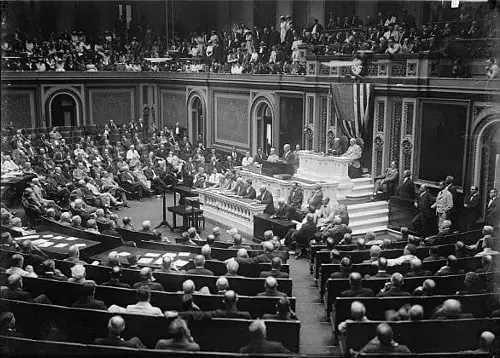
The documentary was unfolded by David Carradine, emphasizing a different aspect regarding the forgotten ones after the first world war.
Based on American participation in the war, it has focused on American heroes whose legacies were never jotted down. The graves of those soldiers were never marked.
The effect on the American economy, staffing, and human losses have also been covered well in this short documentary.
6. Fields of Sacrifice
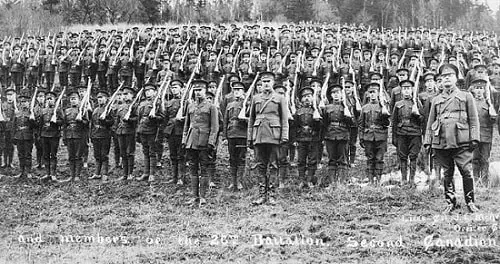
A 1964 documentary by Donald Brittain was regarding the Canadian war deaths in the first and second World Wars.
It has included an analysis of cemeteries and graves of Canadian men from Hongkong to Sicily.
It was intended on the graves of the Canadian military combined with the footage of battlefields and some commentary.
The documentary has convinced the spectators that though the ferocious battlefields have settled peacefully, Canadian sacrifices to the war would never be unremembered.
5. Last Voice of WW1

The History Channel screened the Last Voice of WW1 in 2008. It has featured interviews of the first world war veterans, and their experiences about the battles fought.
Over 100 interviews are recorded that provide an in-depth oral history of British people and original archives and photographs.
4. The Long Shadow
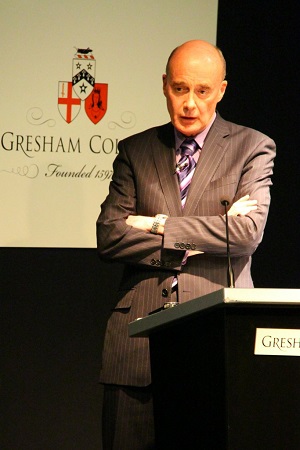
The historian David Reynolds unfolded the enduring shadows the first world war cast on Europe.
It comprised three episodes where the narrator travels to multiple locations across Europe to trace war legacies.
Reynold started his journey from Slovenia to Berlin, observing the war experiences that haunted generations, particularly people who survived the war.
3. The Story Of Women In World War 1
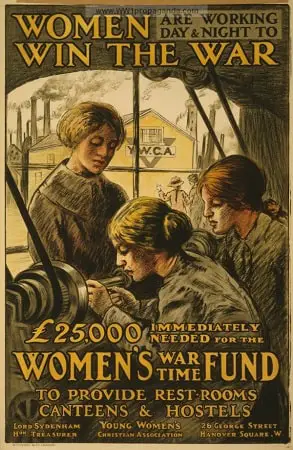
A BBC documentary narrated by Katie Adie talked about the conditions of women back in 1914 after the men went to wars.
Women empowerment had been appropriately defined in the 60-minute long tape as women stepping up from transport to munition, sport to entertainment, and war machinery.
The path of women towards independent income and equality for Britain’s successful future has been shown.
2. Month of Madness

Presented by Christopher Clark, a history professor at Cambridge University, Month of madness was based on the outbreaks of the first world war.
In the five-series documentary, he detangled the most complex issue in history by highlighting the political tactics and anxieties of the great powers.
He has clearly shown how the assassination of Franz Ferdinand caused the global catastrophe.
1. Teenage Tommies
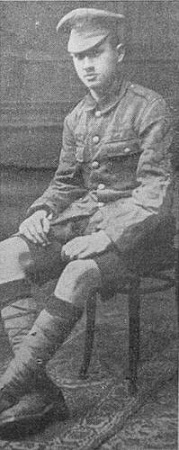
13 Years
This documentary was directed toward the teenage soldiers of the Great war.
A tribute to Britain’s Boy soldiers, Fergal Keane tried to uncover the truth behind adolescent participation in the war, either derived from patriotism or with the spirit of adventures.
Keane explored the lives of those boys in the Trenches and the visit to the sites of battles linking it to an emotional journey.
Conclusion
The Great War influenced the social, economic, industrial, and many other aspects of global lives.
Although historians could not retrieve all the facts related to the war, some shreds of evidence could still be found.
Documentaries, archival photographs, and interviews with the war survivors and their descendants could provide an outlook on life when the war broke out.
